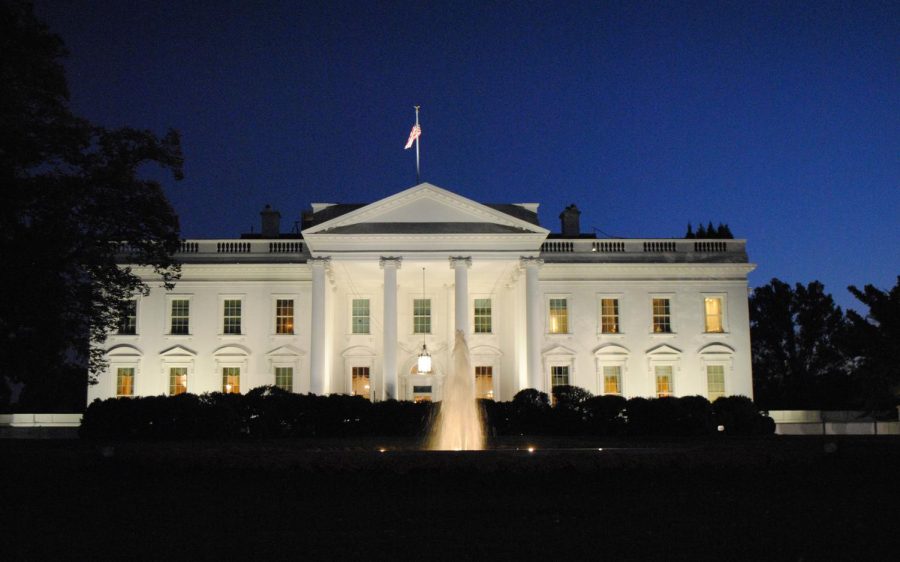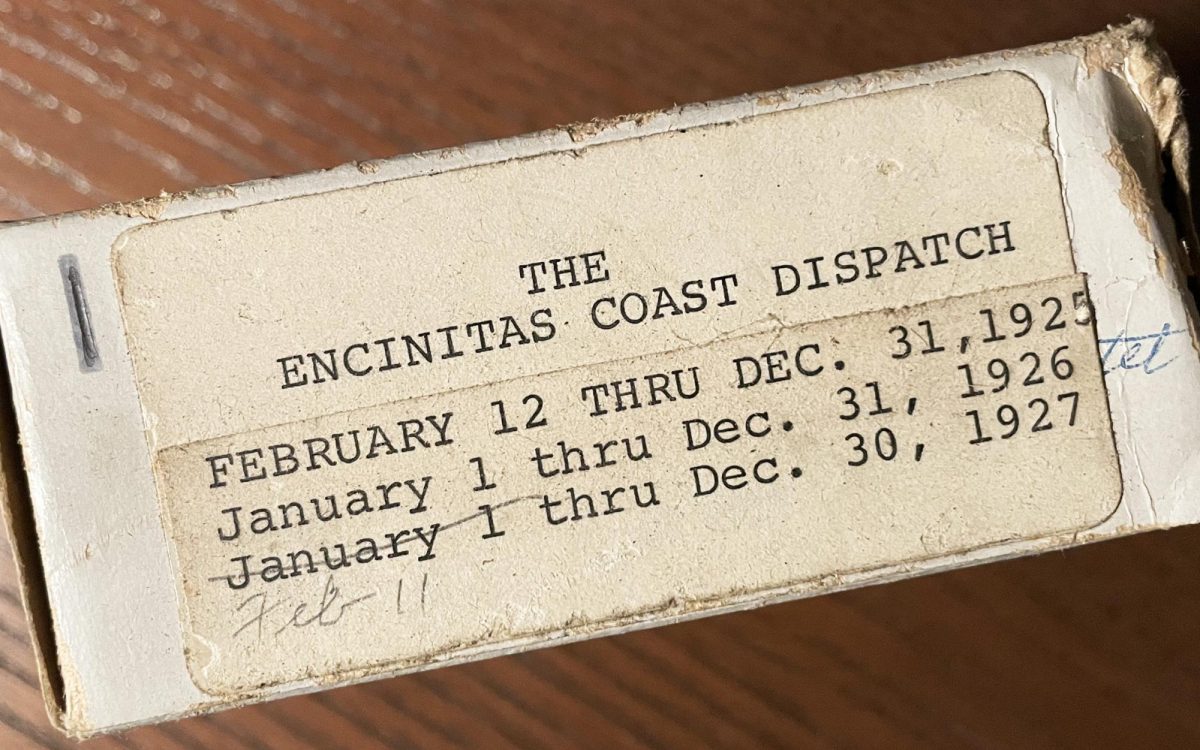For those of you who think the upcoming election of 2024 is going to be a real donnybrook, you probably didn’t read about the Election of 1800, which came close to tearing our nation apart. The election, which was held from Oct. 31 to Dec. 3 of that year, was sometimes called the “Revolution of 1800.”
Sitting Vice President Thomas Jefferson of the Democrat-Republican Party defeated incumbent President John Adams of the Federalist Party.
The election was a political realignment that ushered in a generation of Democratic-Republican leadership. This was the first presidential election in American history to be a rematch. It also was the first election in American history where an incumbent president, Adams, did not win re-election. (Adams had narrowly defeated Jefferson four years earlier.)
 Under the rules of the electoral system in place before the 1804 ratification of the 12th Amendment to the U.S. Constitution, each member of the Electoral College cast two votes, with no distinction made between electoral votes for president and electoral votes for vice president. As Jefferson received the second-most votes in 1796, he was elected vice president. In 1800, unlike in 1796, both parties formally nominated tickets. The Democratic-Republicans nominated a ticket consisting of Jefferson and Aaron Burr, while the Federalists nominated a ticket consisting of Adams and Charles C. Pinckney.
Under the rules of the electoral system in place before the 1804 ratification of the 12th Amendment to the U.S. Constitution, each member of the Electoral College cast two votes, with no distinction made between electoral votes for president and electoral votes for vice president. As Jefferson received the second-most votes in 1796, he was elected vice president. In 1800, unlike in 1796, both parties formally nominated tickets. The Democratic-Republicans nominated a ticket consisting of Jefferson and Aaron Burr, while the Federalists nominated a ticket consisting of Adams and Charles C. Pinckney.
With 2024’s election in mind, it pays to read up on history to fully understand who the players were and what issues were at stake.
Dirty tricks and scurrilous charges were hurled by candidates and their supporters on both sides. The personal hatred got so bad that it ended up in a deadly duel between two Democrat-Republican party leaders: Alexander Hamilton and Aaron Burr.
In 1800, each party formed a plan by which one of their respective electors would vote for a third candidate or abstain so that its preferred presidential candidate (Adams for the Federalists and Jefferson for the Democratic-Republicans) would win one more vote than the party’s other nominee.
The Federalists favored a strong central government and close relations with Great Britain. The Democratic-Republicans favored decentralization to the state governments, and the party attacked the taxes that the incumbent Federalists had imposed. The Democratic-Republicans also denounced the Alien and Sedition Acts, which Adams and the Federalists had passed to make it harder for immigrants to become citizens and to restrict statements critical of the federal government.
The Democratic-Republicans were well organized at the state and local levels, while the Federalists were disorganized and suffered a bitter split between their two major leaders, John Adams and Alexander Hamilton. There was a bitter regional propaganda smear campaign created by both parties that was not unlike 2024’s campaign.
For the first time, both parties used congressional nominating caucuses to formally nominate tickets.
The Federalists nominated a ticket consisting of incumbent President John Adams of Massachusetts and Charles Cotesworth Pinckney of South Carolina. Pinckney had fought in the Revolutionary War and later served as the minister to France.
The Democratic-Republicans nominated a ticket consisting of Vice President Thomas Jefferson of Virginia and former Sen. Aaron Burr of New York. Jefferson had been the runner-up in the previous election and had co-founded the Democratic-Republican Party with James Madison and others, while Burr was popular in the electorally important state of New York.
At the end of a long and bitter campaign, Jefferson and Burr each won 73 electoral votes, Adams won 65, and Pinckney won 64. The Federalists swept New England, the Democratic-Republicans dominated the agrarian South, and the parties split the
Mid-Atlantic states of New York, New Jersey and Pennsylvania.
The Democratic-Republicans’ assumption that one or more electors in Rhode Island, Vermont, New Jersey, Georgia, Kentucky or Tennessee would vote for Jefferson and not Burr resulted in a tie, known as the “Burr dilemma.” It necessitated a contingent election in the House of Representatives.
Under the terms laid out in the Constitution, the outgoing House of Representatives chose between Jefferson and Burr, who was accused of campaigning for the presidency himself in the contingent election despite being a member of Jefferson’s party. Each state delegation cast one vote, and a victory in the contingent election required one candidate to win a majority of the state delegations.
Neither Burr nor Jefferson was able to win on the first 35 ballots as most Federalist representatives backed Burr and all Democratic-Republican representatives backed Jefferson. Hamilton favored Jefferson over Burr, and he convinced several Federalists to switch their support to Jefferson, giving Jefferson a one-vote victory on the 36th ballot.
Jefferson became the second consecutive incumbent vice president to be elected president. This is one of two presidential elections (along with the 1824 election) that have been decided in the House.
When studying the election of 1800, the images of iconic figures in American history tend to be a bit tarnished. Adams seemed to be a bit of a curmudgeon, Hamilton was a bit of a sneaky backstabber, and Jefferson wasn’t the squeaky-clean politician the history books often have described.
Aaron Burr was the most interesting character in that political saga. The hatred between him and Alexander Hamilton seemed to be well-founded. Which one was the good or bad guy is debatable. There’s ample evidence for both on either side.
Tom Morrow is a longtime Oceanside-based journalist and author.
Columns represent the views of the individual writer and do not necessarily reflect those of the North Coast Current’s ownership or management.






